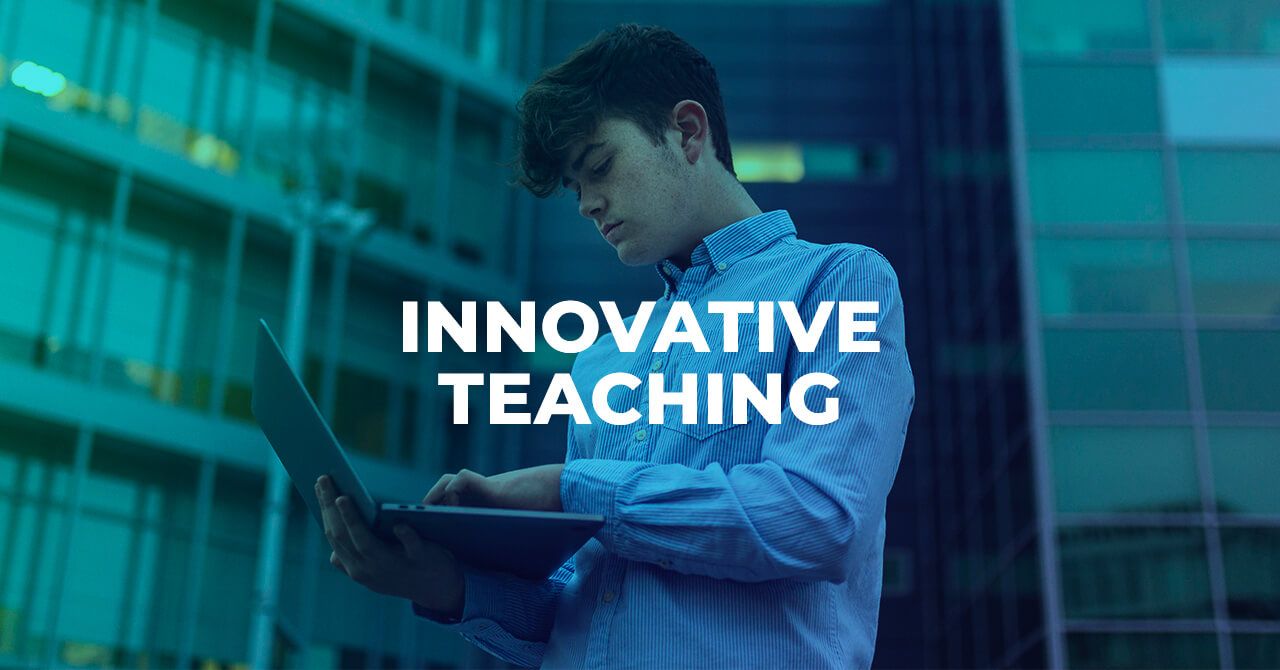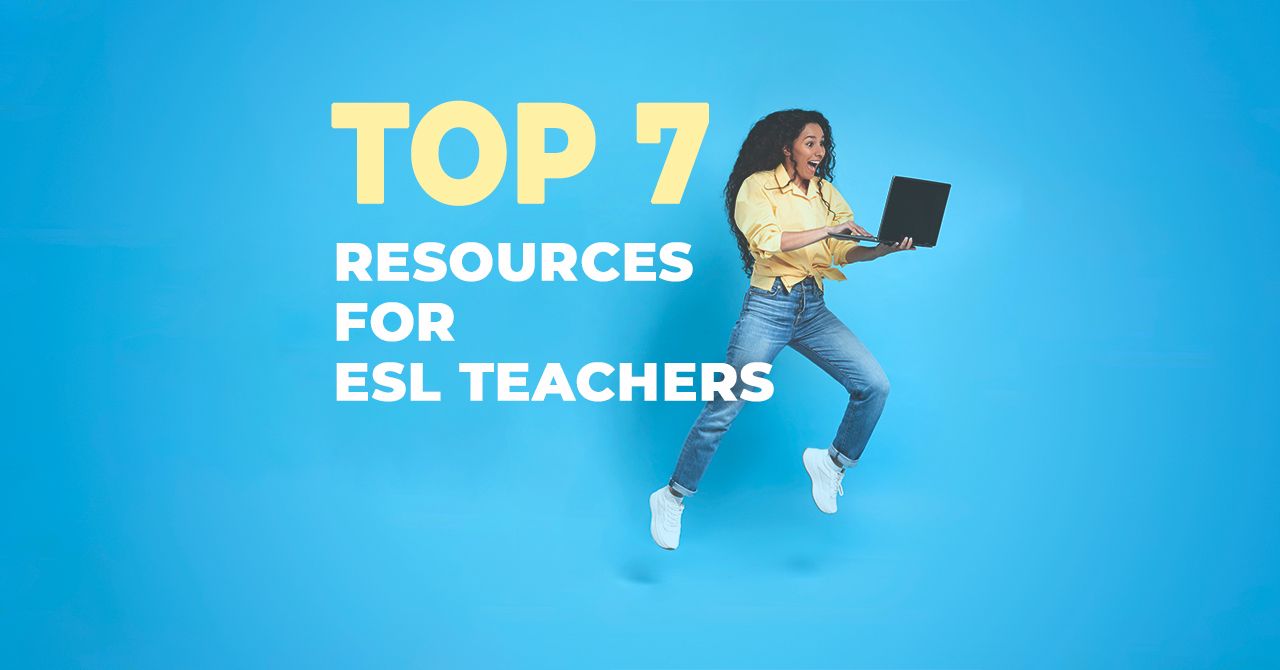
Innovative Teaching: Thinking Outside The Box
In order to become innovative and creative in the classroom, we need to examine the mother of all inventions: a necessity that surfaces from an existing gap in conventional methods.
Innovation in the EFL Classroom
In order to become innovative and creative in the classroom, we need to examine the mother of all inventions: a necessity that surfaces from an existing gap in conventional methods.
What is “Creativity”?
Creativity is defined as:
- having the ability to create;
- to bring into existence;
- to invest with a new form;
- to produce or bring about by a course of action or behavior;
- to produce through imaginative skill.
Anne Sullivan said,
“People seldom see the halting and painful steps by which the most insignificant success is achieved.”
She was an American Teacher (1866-1936) and was known for teaching a young blind girl named Hellen Keller.
Learning her story made me want to teach in a different way and impart knowledge with a focus on each learning style with an outside-the-box attitude. For this, we need to be innovative.
In order to find out where there is room for innovation, we need to examine how the methodology for EFL teaching has evolved (Pearson ESL Course).
Structure in the Classroom
It is important to revise the aspects that we must consider before trying new methods in which to impart knowledge to students.
- The level of proficiency of the students.
- The type of approach to be selected.
- How and when to use the predetermined book, or if to add extra activities.
- The materials to be used.
- How procedures will be implemented in the classroom
A LOOK TO THE PAST; A WINDOW INTO THE FUTURE
BEHAVIORAL PSYCHOLOGY (1900-50)
- A branch of psychology that focuses on observable actions, particularly stimulus-response methods, using drilling and repetition
- Structural linguistics derived from this school of thought focuses on the structural characteristics of human language.
COGNITIVE PSYCHOLOGY (1960-80)
- A branch of psychology that focuses on human perception and learning, using logic, reason, exploration, and interference.
- Generative linguistics derived from this school of thought, focusing on seeing language as a set of fixed rules that can be used to create an unlimited number of sentences.
CONSTRUTIVISM (1980-Present)
- A school of thought that integrates psychological and linguistic principles and emphasizes social interaction and the discovery or construction of meaning
- Sociolinguistics is derived from this school of thought, and it focuses on the relationship between language and culture. This is widely believed to be the best theory.
What approaches are most widely used today?
1) 21st Century Eclecticism
2) Technology in and out of the classroom
3) A cultural and social context as a path to the language
4) A more naturalistic approach
5) Complete Immersion
Some of the most popular terms for new approaches are:
- Communicative Language Teaching
(CLT) Emphasizes interaction as both the means and the ultimate goal of learning a language, highlighting the importance of functional language as opposed to focusing specifically on grammar and vocabulary
Task-based language learning (TBLL) lesson is based around the completion of a central task
Dogme is a communicative approach to language teaching and encourages teaching without published textbooks and instead focusing on conversational communication
- Blended learning
Blended learning is a combination of face-to-face teaching and online interactions (also known as CALL or computer-assisted language learning)
Defining today’s students
When it comes to the students we encounter every day, is there a model or a simple way to describe them?
Do we perceive them to be a certain way when they are not?
Does perception affect your objectivity?
Defining today’s teachers
To maintain currency as teachers, we must become adaptable.
Are we doing everything we can to not be afraid of that change?
How to Innovate
Create a path toward discovery
Teaching EFL is an incredibly rewarding career, but as rewarding as it is, it may be challenging to create new and exciting ways to teach our students in an efficient, open, and non-threatening environment. Teachers need to create a portal through which information can pass freely from teacher to student, and vice versa, in which learning English is the ultimate goal. The path to this discovery is often lined with obstacles for both teacher and student alike. Diving into the immense pool of resources at your disposal can help you create a path toward discovery. Keep the portal open by simply keeping classes fresh and innovative, always changing, always flowing, always moving in the direction the students move, allowing them to show you where and how to lead them. Update your knowledge at all times, stay informed, train as often as possible, go to conferences and workshops, and always try to maintain a high level of creativity that will be beneficial for the students as well as comprehensive for you.
By committing to an idea, developing it, experimenting with it, and being open to changes, you dare to make a difference by always thinking outside the box!
Use new and unconventional ways to teach your students. Be approachable and open to challenges.
Anne Sullivan was the oldest of five children, born in Feeding Hills, Massachusetts, to an impoverished family of cooks from Ireland. At the age of three, Anne Sullivan had a bacterial eye infection that caused her to become partially blind. In 1880, she entered the Perkins Institute for the blind and graduated as class valedictorian in 1886. The school’s director encouraged her to become a teacher for Helen Keller,, and she received special training to do this. In 1887, Sullivan had an additional surgery which restored more of her vision. Sullivan taught six-year-old Helen Keller nouns using the sign language alphabet signed into Keller's palm. Sullivan Macy and Keller were lifelong companions who lived, worked and traveled together.
Structure in the Classroom
It is important to revise the aspects we must consider before trying new methods to impart knowledge to students.
- The level of proficiency of the students.
- The type of approach to be selected.
- How and when to use the predetermined book, or if to add extra activities.
- The materials to be used.
- How procedures will be implemented in the classroom
Tips for innovative and fun classes
- Find gaps to fill with new and exciting activities.
- Bring Realia to classes.
- Consult with other professionals.
- Search for new ways to impart information.
- Use new and unconventional ways to teach your students.
- Be approachable and open to challenges.
- Keep updated, train as often as possible, attend conferences and workshops.
- Use technology often and freely.
- Don’t rely solely on your book.
- Listen to your students. They know what they need!
- Why humor is a good thing.
- A lighter way to reach students.
- Can be understood by most.
- Creates a warm and open atmosphere.
- Students are more open to learn because they don’t feel bored
- Try using jokes, comic strips, funny drawings, songs, or poems, to mention a few. A great way to reach your students is using humor as an “icebreaker.” Laughter truly is the best medicine!
By developing an idea, experimenting with it, and being open to changes, you dare to make a difference. Always dare to think outside the box. Now, go forth and teach!
Originally from Venezuela, grew up in Florida in the USA, living in Panama. A TEFL Certified teacher with 20+ years experience in all levels, with a focus on innovation educational material.

